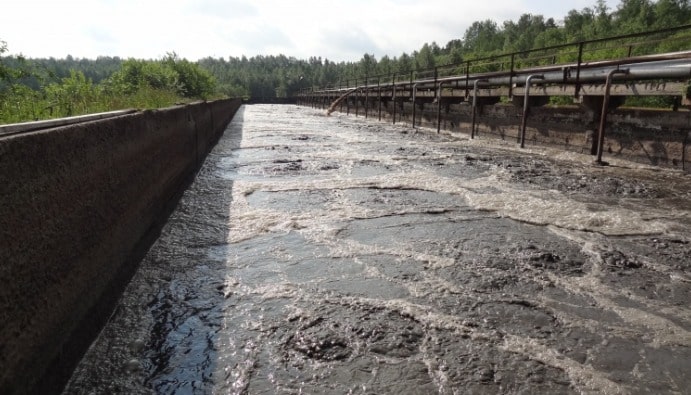Determination of Superheat Loss of Dry Mass: Sewage Sludge
Why Determination of Superheat Loss of Dry Mass in Sewage Sludge is Important?

What is the Superheating Loss of Dry Mass?
- Dry Mass (Dry Matter): Refers to the amount of matter, usually consisting of organic and inorganic components, that remains after the removal of water from sewage sludge. Dry mass helps to assess the density and potential pollutant load of the sludge.
- Glow Loss (Volatile Matter): The superheat loss determines the amount of (volatile) substances that evaporate when the sludge is heated to a certain temperature (usually 550°C). This loss usually indicates the amount of organic matter and the organic load of the sludge. A high superheat loss indicates that the sludge contains a high proportion of organic matter.
Why Determination of Dry Mass and Superheat Loss?
- Sludge Management: Efficient management of sewage sludge is important to reduce environmental impacts. Dry mass and loss on heating analyses provide information on the sludge content and enable decisions to be made on the treatment plant operations (e.g. sludge drying or disposal).
- Environmental Protection: Dry mass and loss on heating play an important role in the separation of organic and inorganic substances. The content of sewage sludge is an important parameter in determining environmental damage. Sludges with high organic matter content may cause more damage to the environment. Therefore, sludge analysis is critical for environmental protection.
- Regulatory Compliance: Sludge characterization is necessary to comply with environmental regulations in many countries and regions. The proportion of organic matter contained in sludges and the release of these substances into the environment must be below certain limits. This analysis is done to ensure that treatment plants comply with environmental regulations.
- Energy and Resource Efficiency: The high dry matter content of sludge is important for energy efficiency. The amount of superheat loss evaluates the energy recovery potential of the sludge. Dry mass ratio is also an important parameter considered during sludge disposal or recycling.
Determination of the dry mass loss of superheat in sewage sludge is carried out within the scope of the following standards.
- TS EN 15169 Waste characterization - Determination of combustion loss in waste, sludge and sediments
- TS EN 12879 Properties of sludges - Determination of glow loss of dry mass
Loss on ignition or loss on glow (LOI, loss on ignition) refers to the process of measuring the weight change of a sample after it has been heated at high temperature, causing some of its contents to burn or evaporate. The weight change in the sample during the heating process is monitored and this determines, for example, the organic matter content in materials such as sediment, sludge, soil and waste.
The percentage weight lost on firing gives a rough measure of the organic content of the dry mass. In general, percent loss on ignition values show an inverse relationship with percent dry weight values.
Sewage sludge generated by the treatment of municipal and industrial wastewater must be sent to landfills or disposal facilities. However, it is necessary to determine whether these wastes are hazardous or not. Hazardous wastes should be sent to disposal facilities and non-hazardous wastes should be sent to sanitary landfills.
Nanolab Laboratories Group continues to provide services within the scope of Determination of Superheat Loss of Dry Mass. We also provide services in Waste Analysis.
Contact us for more information.
You can follow us on LinkedIn for up-to-date news and posts about our services.
Follow our Instagram account to be informed about our latest blog posts.

